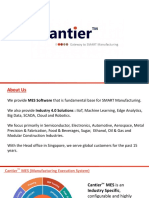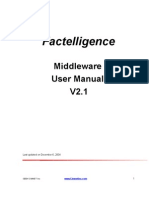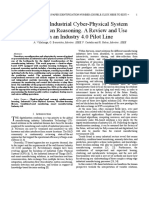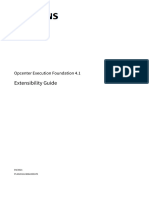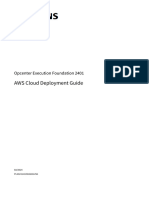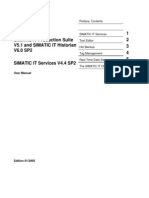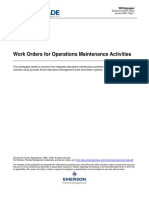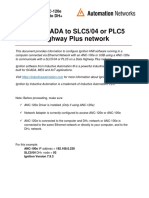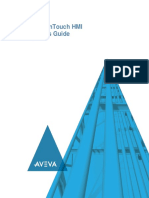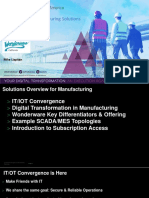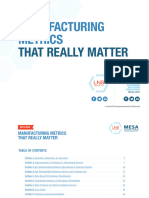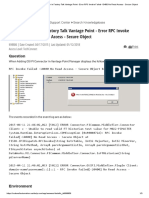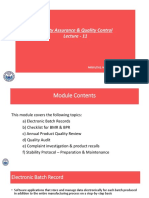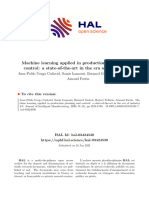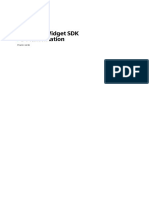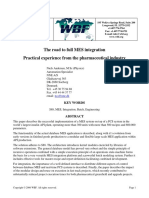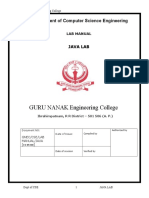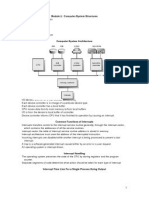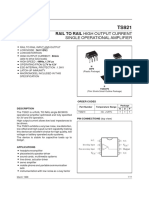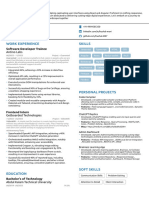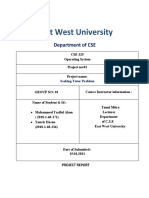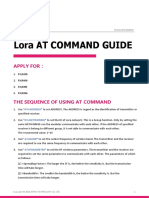0% found this document useful (0 votes)
342 views15 pagesInsite MES (Manufacturing Execution System) : Channabasappa
The document describes an Insite MES (Manufacturing Execution System) which is an ASP.NET web application that tracks and reports on manufacturing of medical devices. It stores data in a SQL Server database and generates reports using SQL Server Reporting Services. The system was developed using .NET Framework and follows a three-tier architecture with web, application and database servers. It allows creating and managing sampling plans for quality testing and generating related reports.
Uploaded by
balamurugan_abapCopyright
© Attribution Non-Commercial (BY-NC)
We take content rights seriously. If you suspect this is your content, claim it here.
Available Formats
Download as DOC, PDF, TXT or read online on Scribd
0% found this document useful (0 votes)
342 views15 pagesInsite MES (Manufacturing Execution System) : Channabasappa
The document describes an Insite MES (Manufacturing Execution System) which is an ASP.NET web application that tracks and reports on manufacturing of medical devices. It stores data in a SQL Server database and generates reports using SQL Server Reporting Services. The system was developed using .NET Framework and follows a three-tier architecture with web, application and database servers. It allows creating and managing sampling plans for quality testing and generating related reports.
Uploaded by
balamurugan_abapCopyright
© Attribution Non-Commercial (BY-NC)
We take content rights seriously. If you suspect this is your content, claim it here.
Available Formats
Download as DOC, PDF, TXT or read online on Scribd
/ 15
